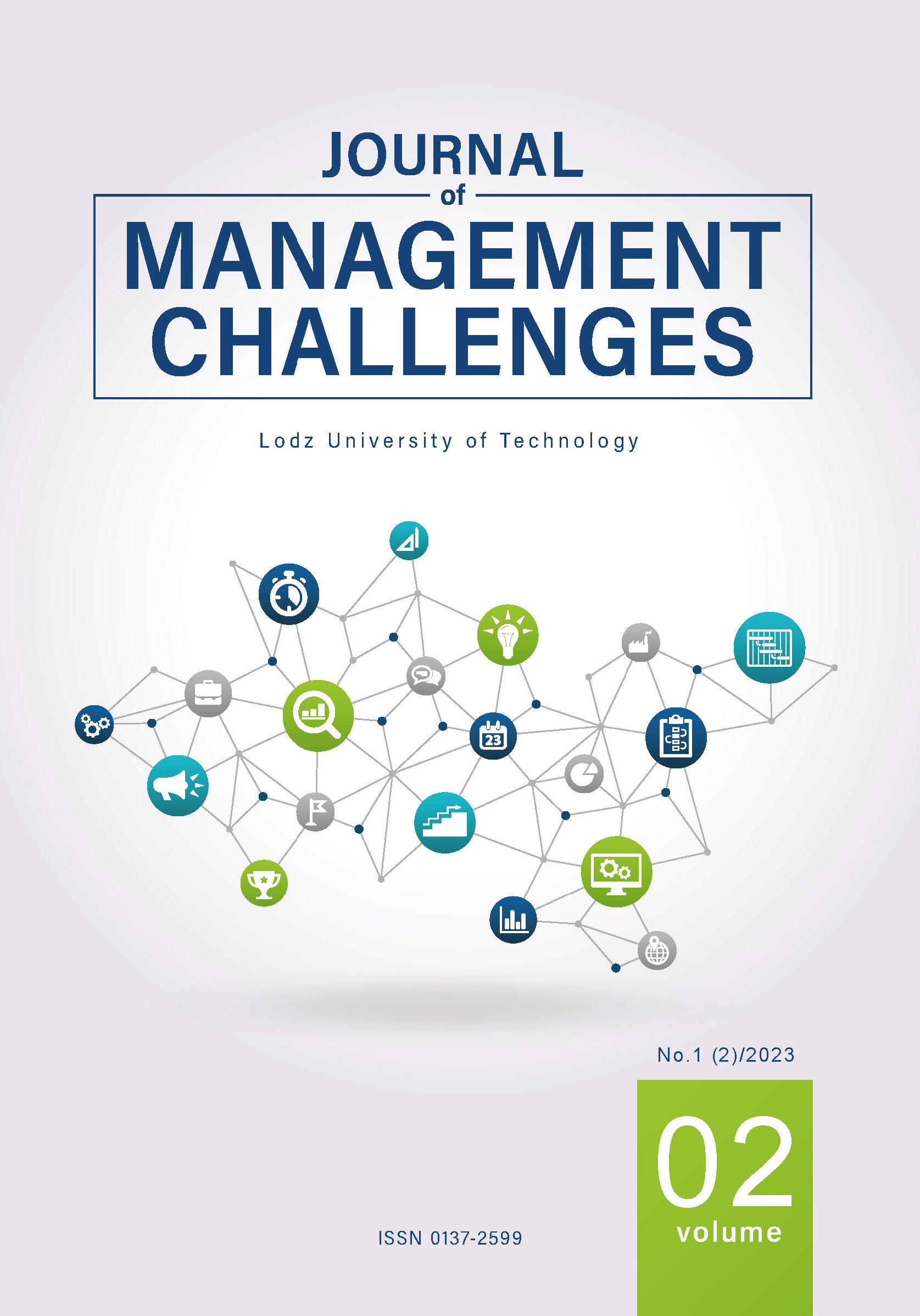Abstract
Conducting an analysis of processes in terms of nonconformities enables the enterprise to continuously improve. Construction of a tool in the scope of elimination of nonconformities enabling control over the implementation of preventive actions and data acquisition is, therefore, a necessary action. In literature, there is a lack of examples showing practical use of Ishikawa, Pareto-Lorenz, or FMEA methods and tools created on their basis in production plants in order to improve the control process. The aim of the presented considerations is to analyse the process of controlling nonconformities in a studied production plant, to indicate the causes generating the largest number of registered nonconformities, and to design a tool allowing to improve a given process and minimize the occurrence of defects. For this purpose, the possibilities of implementing the Ishikawa, Pareto-Lorenz, and FMEA methods are presented.
References
Łuczak J., Matuszak-Flejszman A., Metody i techniki zarządzania jakością, Quali-ty Progress, Poznań 2007.
Wolniak R., Skotnicka B., Metody i narzędzia zarządzania jakością. Teoria i prak-tyka, Wydawnictwo Politechniki Śląskiej, Gliwice 2011.
Wong K.C., Woo K.Z., Woo, K.H., Ishikawa diagram, [w:] O’Donohue W., Maragakis A. (red.), Quality Improvement in Behavioral Health, Springer Interna-tional Publishing Switzerland 2016, s. 119–132, https://doi.org/10.1007/978-3-319-26209-3.
Janczak J., Nowak E., Pawłoski R., Głowiński K., Wykorzystywanie wybranych metod jakościowych i ilościowych w obszarze nauk społecznych, „Zeszyty Nauko-we Akademii Obrony Narodowej” 2014, nr 1(94), s. 180–214.
Klochkov Y., Conflicts between quality management methods, [w:] International Conference on Infocom Technologies and Unmanned Systems (Trends and Future Directions), ICTUS 2017, s. 34–36, doi: 10.1109/ICTUS.2017.8285970.
Advantages and Disadvantages of Pareto Chart – GeeksforGeeks (b. d.), Geeks-forGeeks, https://www.geeksforgeeks.org/advantages-and-disadvantages-of-pareto-chart/
Aleksić B., Đekić I., Miočinović J., Memiši N., Šmigić N., The application of FMEA analysis in the short cheese supply chain, “Scientific Journal Meat Technology” 2020, vol. 61, nr 2, s. 161–173, doi: https://doi.org/10.18485/meattech.2020.61.2.6
Folejewska A., Analiza FMEA – zasady, komentarze, arkusze, Wydawnictwo Verlag Dashofer Sp. z o.o., Warszawa 2010.
Skotnicka-Zasadzień B., Analiza efektywności zastosowania metody FMEA w ma-łym przedsiębiorstwie przemysłowym, „Systemy wspomagania w Inżynierii Produk-cji” 2012, nr 2, s. 142-153.
Spreafico Ch., Russo D., Rizzi C., A state-of-the-art review of FMEA/FMECA in-cluding patents, “Computer Science Review” 2017, vol. 25, s. 19–28, doi: https://doi.org/10.1016/j.cosrev.2017.05.002.

